Author: Cade Jobe
Myriad characteristics can be imparted to beer that’s made using just water, malt, hops, and yeast, from floral and fruity to earthy and spicy. While this is more than enough to suffice for the majority of styles, others are known for being brewed with the use of adjuncts to amplify certain characteristics. One classic example is Witbier, a Belgian ale that’s commonly brewed with coriander and orange peel, and these days various spices are often used to enliven otherwise standard styles.
The easiest and presumably most common method for adding spices to beer involves tossing them directly in at some point in the process, usually during the boil and/or fermentation. However, this method is believed by some to be a bit haphazard, leaving little room for controlling the pungency of the spice character, which has led to the use of alternative approaches including tinctures.
A tincture is created by soaking spices or whatever other additive in a small amount of a neutral spirit such as vodka for anywhere from an hour to a few days or even weeks before the spices are removed and discarded. The resultant liquid is then used to dose the beer in a very controlled fashion, allowing the brewer to make adjustments that are much more precise than adding spices directly. Curious to compare the differences of each method for myself, I put it to the test!
| PURPOSE |
To evaluate the differences between beers with spices added either directly or via tincture.
| METHODS |
I designed a basic Witbier for this xBmt, using a with enough coriander and bitter orange peel to ensure it came through in the end.
Everything Nice
Recipe Details
| Batch Size | Boil Time | IBU | SRM | Est. OG | Est. FG | ABV |
|---|---|---|---|---|---|---|
| 5.5 gal | 60 min | 17.1 IBUs | 3.0 SRM | 1.038 | 1.008 | 4.0 % |
| Actuals | 1.038 | 1.003 | 4.6 % | |||
Fermentables
| Name | Amount | % |
|---|---|---|
| Pale Malt (2 Row) US | 4 lbs | 50 |
| White Wheat Malt | 4 lbs | 50 |
Hops
| Name | Amount | Time | Use | Form | Alpha % |
|---|---|---|---|---|---|
| Tettnang | 28 g | 60 min | Boil | Pellet | 3.7 |
| Tettnang | 15 g | 5 min | Boil | Pellet | 3.7 |
Miscs
| Name | Amount | Time | Use | Type |
|---|---|---|---|---|
| Peppercorns (White) | 0.15 oz | 0 min | Secondary | Spice |
| Orange Peel, Bitter | 1.00 oz | 5 min | Secondary | Spice |
| Coriander Seed | 0.25 oz | 5 min | Secondary | Spice |
Yeast
| Name | Lab | Attenuation | Temperature |
|---|---|---|---|
| Whiteout (B44) | Imperial Yeast | 74% | 62°F - 72°F |
Notes
| Water Profile: Ca 129 | Mg 17 | Na 38 | SO4 113 | Cl 139 |
Download
| Download this recipe's BeerXML file |
After collecting the proper volume of water for a 10 gallon/38 liter batch, I lit the flame on my burner to get it heating up.
While waiting on the water to warm, I weighed out and milled the grain.
Once the water was appropriately heated, I incorporated the grains then checked to make sure I hit my target mash temperature.
During the mash rest, I measured out the kettle hop additions.
Following the 60 minute mash rest, I sparged to collect the target pre-boil volume then boiled the wort for another 60 minutes before chilling it with my IC. A hydrometer measurement showed the wort was a bit lower than expected, but nothing I was concerned about.
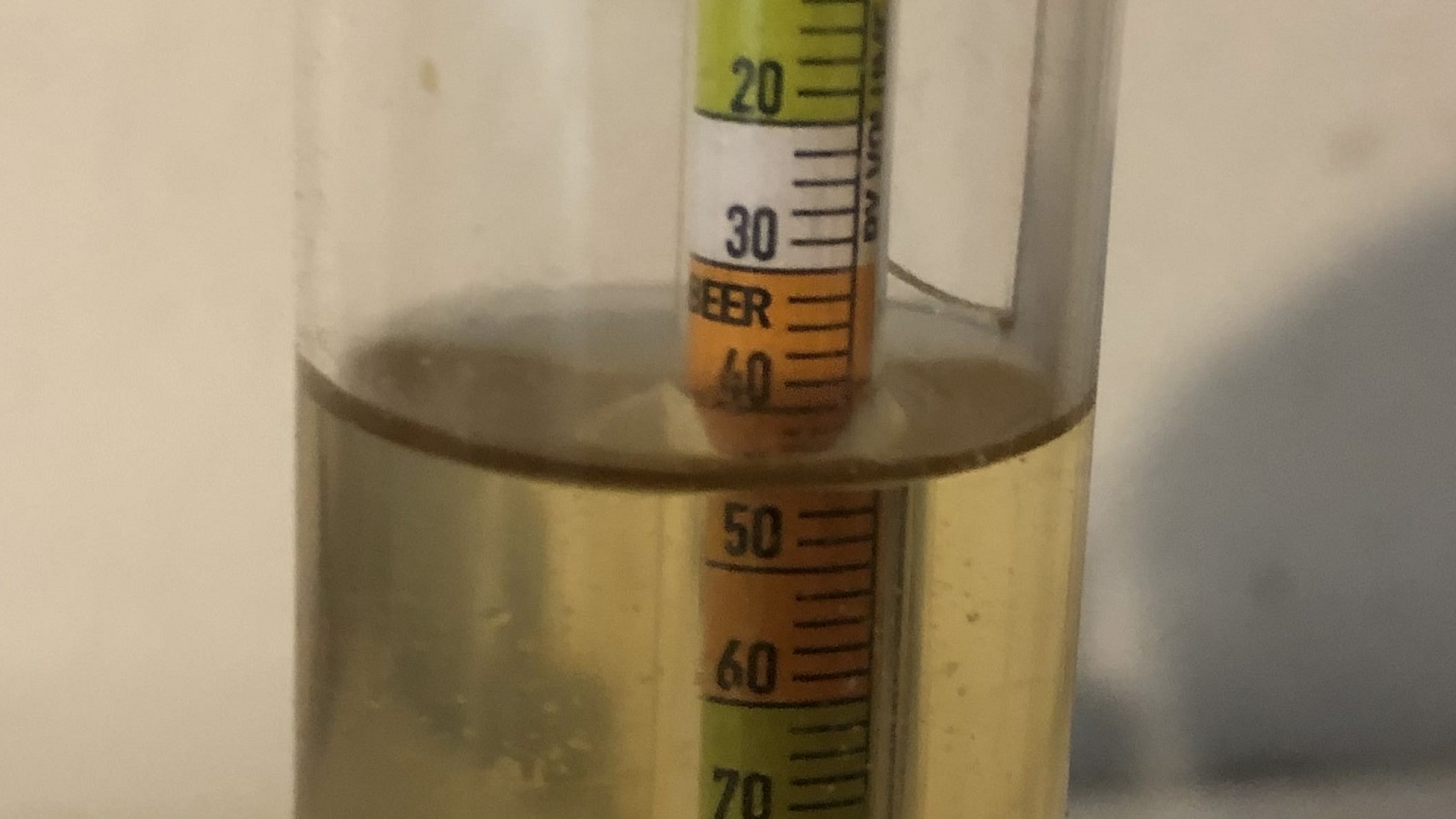
The wort was split between separate Brew Buckets before I pitched a pouch of Imperial Yeast B44 Whiteout into each.
After 3 days of fermentation, I threw together the tincture using the same amount of coriander and orange peel that would be directly added to the other batch.
I left the tincture alone for 4 days before removing the spices and pouring the liquid into one batch at the same time I added fresh spices directly to the other beer.
With signs of fermentation absent after 4 days after adding the spices, I took hydrometer measurements indicating FG had been reached for both batches.
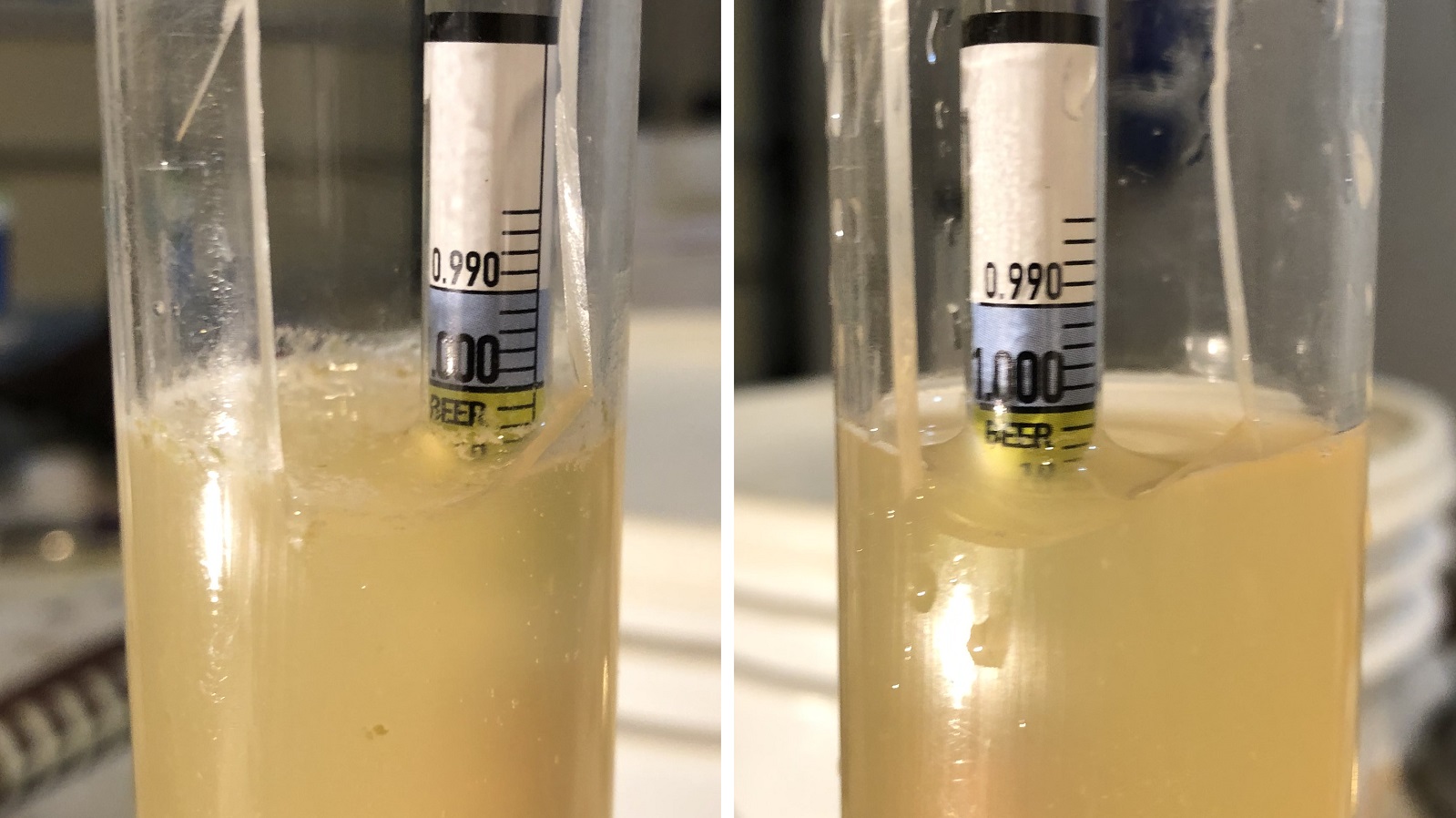
I then racked the beers to sanitized kegs.
The filled kegs were placed in my keezer, burst carbonated, then left to condition for a week before I began serving them to blind tasters.
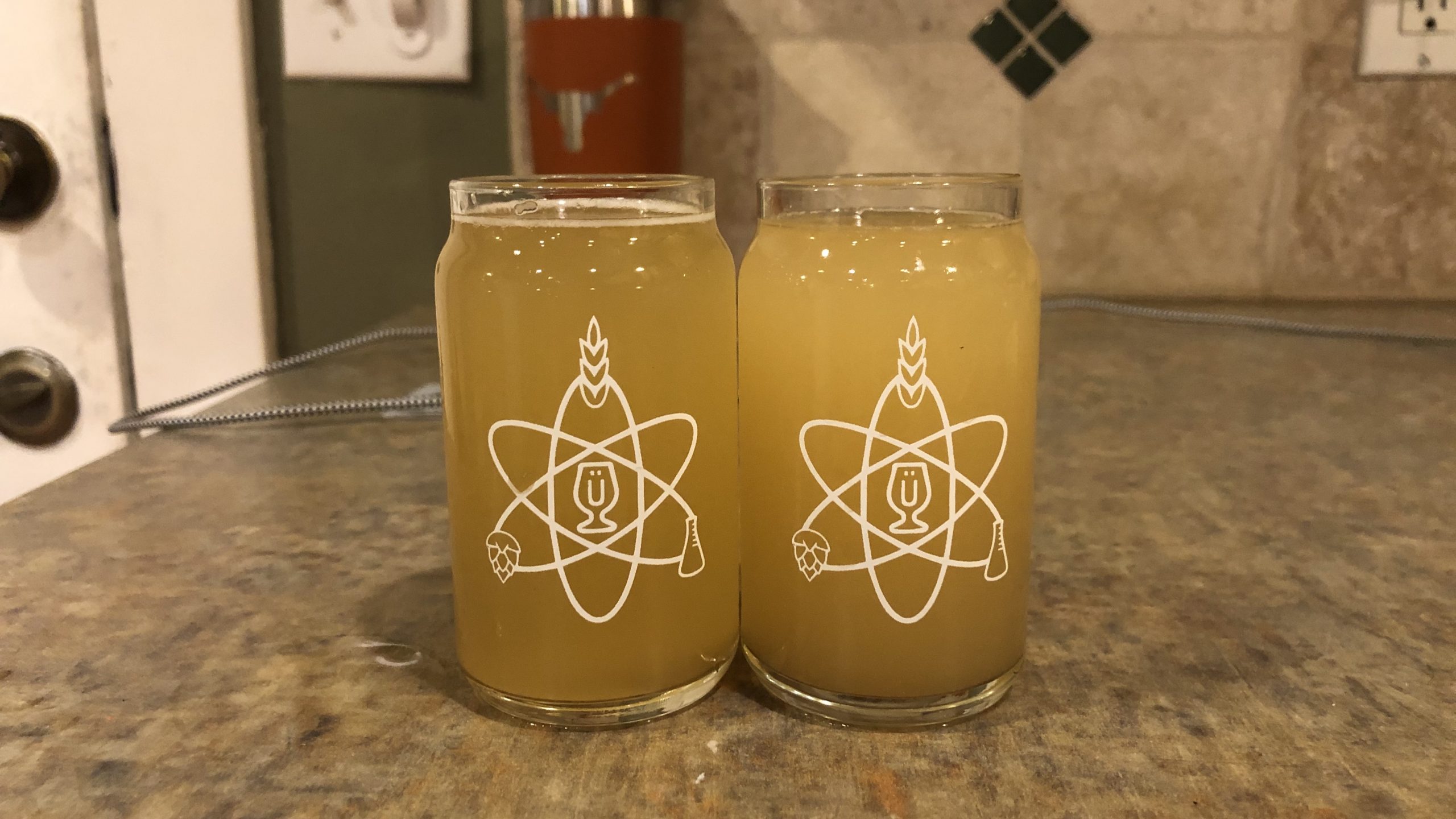
| RESULTS |
A total of 30 people of varying levels of experience participated in this xBmt. Each participant was served 2 samples of the beer with spices added directly and 1 sample of the beer dosed with the spice tincture in different colored opaque cups then asked to identify the unique sample. A total of 15 tasters (p<0.05) would have had to accurately identify the unique sample in order to reach statistical significance, though only 10 did (p=0.500), indicating participants in this xBmt were unable to reliably distinguish a Witbier made with spices added directly to the fermenter from one dosed with a spice tincutre.
My Impressions: Out of the 4 semi-blind triangle tests I attempted, I chose the odd-beer-out twice, and every attempt was a complete guess. To my palate, the beers were indistinguishable and tasted exactly the same. As for the beers, they were alright, though for my tastes, I’ll likely reduce the coriander in future batches.
| DISCUSSION |
Brewing with spices is a nuanced skill that generally requires a series of trial-and-error batches to hone. While adding spices directly to the fermenter is arguably the simplest approach, it reduces the brewer’s ability to precisely control the pungency contributed by the spice, and it usually takes some time for flavor extraction. Tinctures, on the other hand, are lauded by many for affording more precision and taking less time. Interestingly, tasters in this xBmt were unable to reliably distinguish beers that were spiced using either method.
These findings seem to suggest that adding spices directly to beer toward the end of fermentation can produce the same effect as adding a tincture, which runs counter to claims that adding spices directly results in a harsher flavor profile due to the extraction of certain compounds. According to both participants and my own experience, the beers in this xBmt were similar enough on all accounts as to taste identical.
I don’t brew many spiced beers, but I do have some experience with adding spices both directly and via tincture, and my preference prior to this xBmt was for latter. Given my experience with these beers, the work that goes into making tinctures, and the fact I don’t generally keep vodka on hand at home, I’ll likely opt for tossing spices directly into the beer when making such styles in the future. That said, for those who like being able to adjust whatever they’re drinking on the fly, tinctures are an excellent option.
If you have any thoughts about this xBmt, please do not hesitate to share in the comments section below!
Support Brülosophy In Style!
All designs are available in various colors and sizes on Amazon!
Follow Brülosophy on:
FACEBOOK | TWITTER | INSTAGRAM
If you enjoy this stuff and feel compelled to support Brulosophy.com, please check out the Support page for details on how you can very easily do so. Thanks!


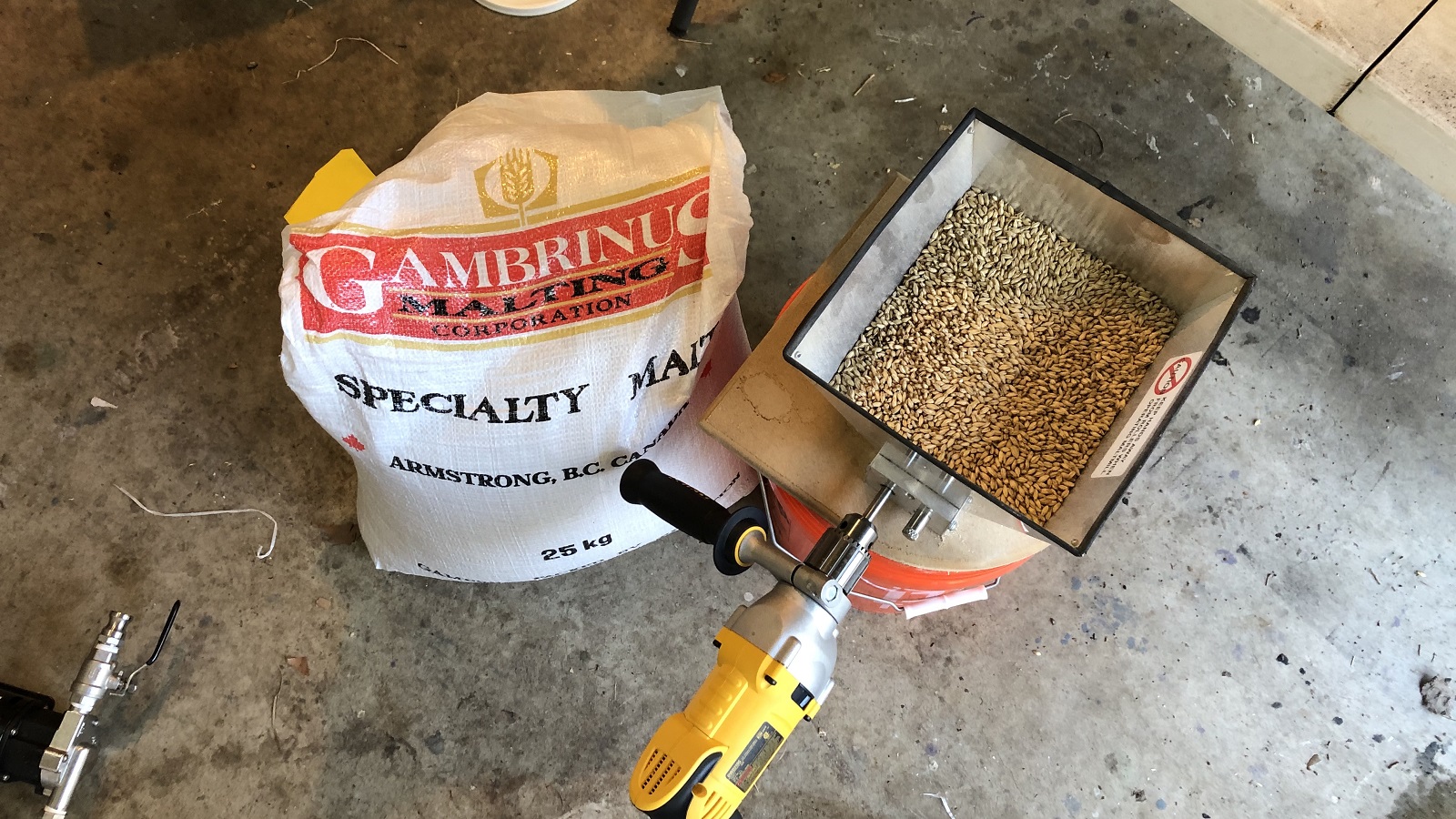
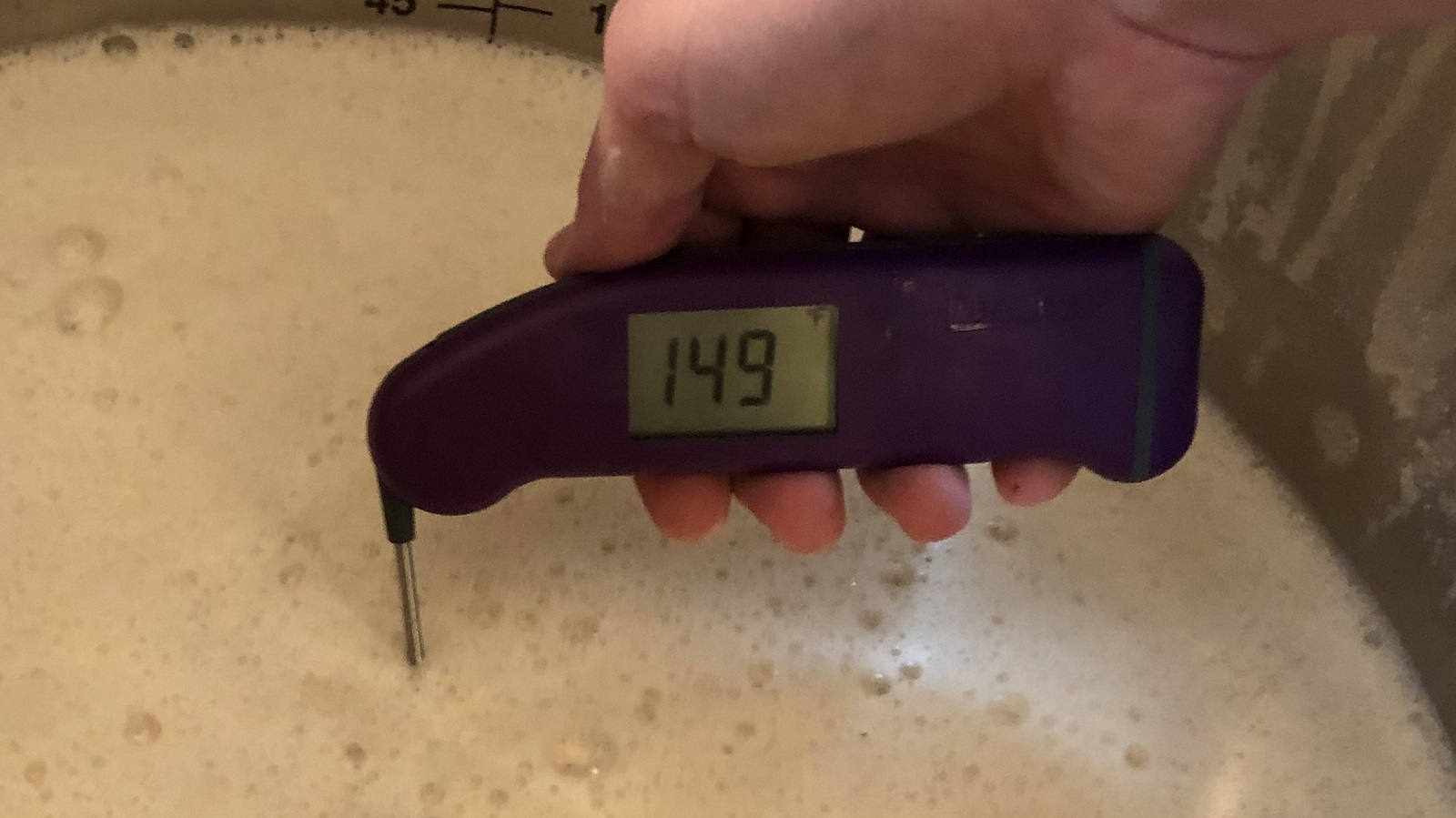
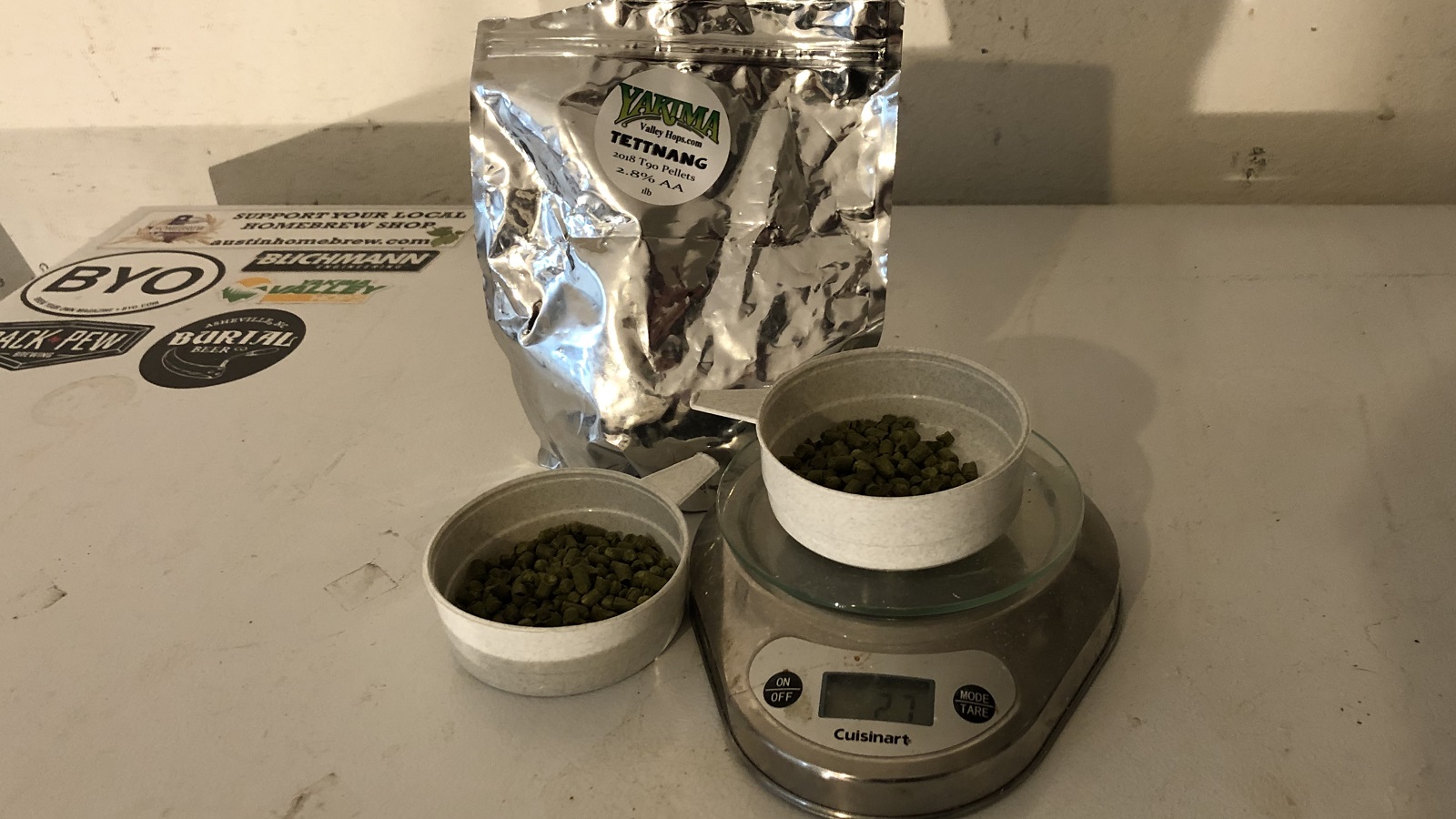
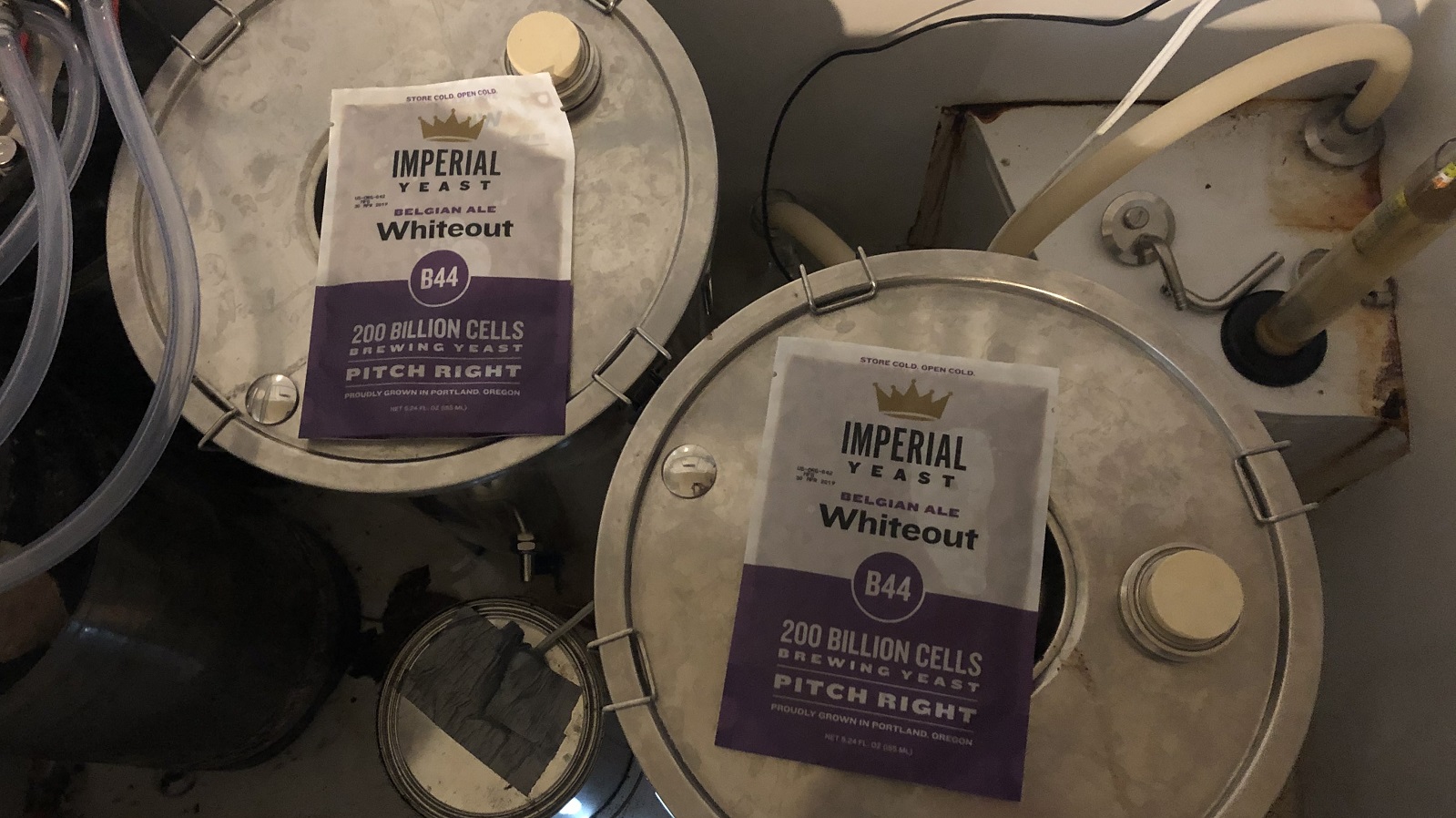

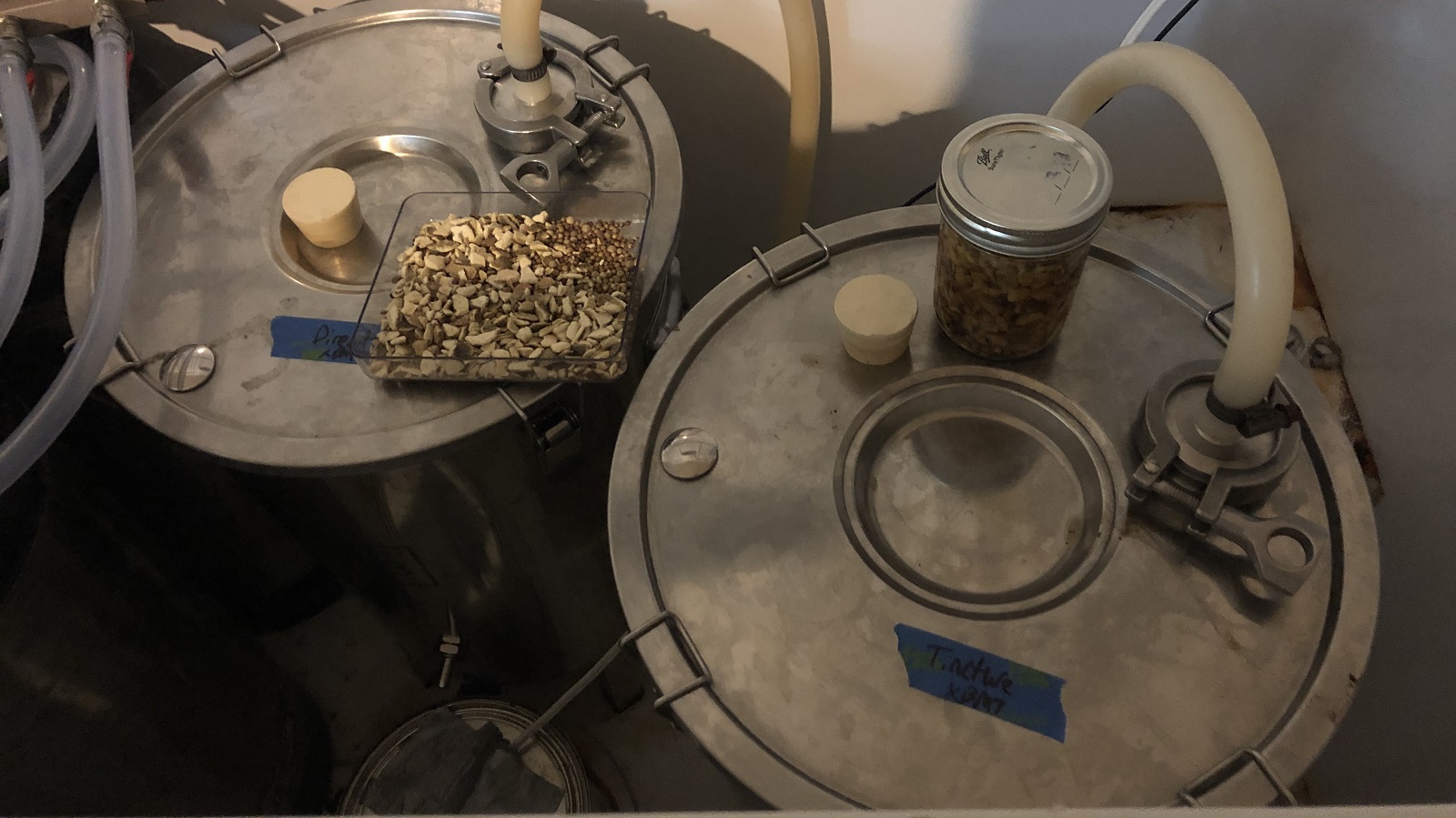
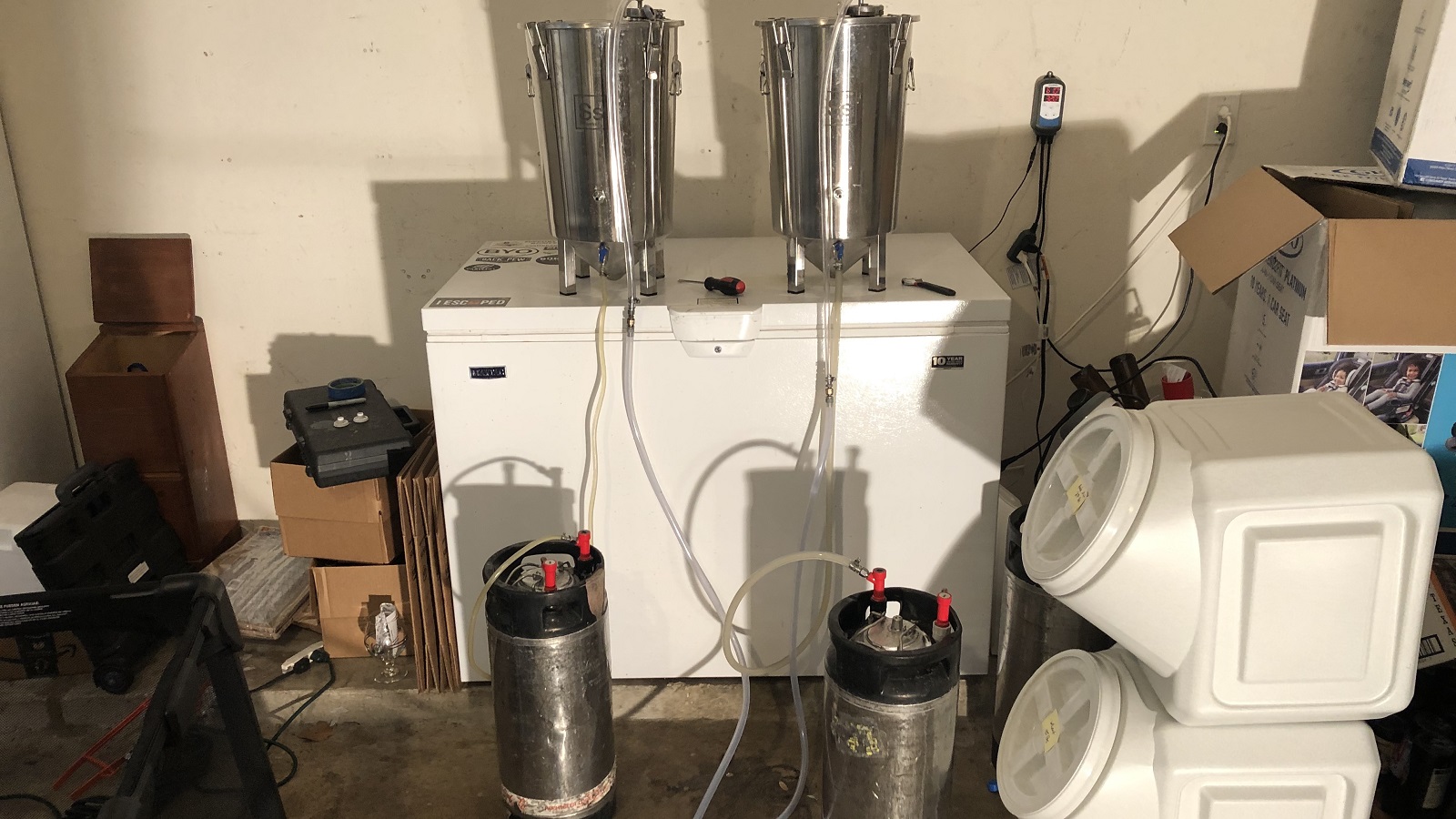










7 thoughts on “exBEERiment | Brewing With Spice: Direct Addition vs. Tincture In A Witbier”
The link to “Imperial Yeast B44 Whiteout” seems to be broken, I get a “The page you have requested could not be found” message.
When creating the tincture, was there any sort of calculation to figure out the strength of the tincture vs. how long to leave the steeping bag in the fermenter, vs. it just “working out” with 7 days steeping vs. 4 days tincture prep in equal proportions?
I really like your hypothesis, but I wonder if your experiment was perhaps a bit Iill-suited to it.. maybe it’s just my bias, but I read your hypothesis as being more about consistency of spice additions, as opposed to harshness.. not to say that wouldn’t or couldn’t be a benefit, but I would think it would address sensory consistency even more so, and also that it might be of more concern. It would be more work, but if you did this a few more times over, you could then look at which of tincture vs. direct addition kept to profile better.
I wonder what the result would be if a more neutral charactered yeast were used.
Isn’t the point of a tincture that you can taste and adjust until you’re happy between primary fermentation and carbonation?
Is coriander some sort of spice-standard that functions as a replacement for every spice out there?
i have experimented with a lot of spices, and in conclusion, i could say that the some spices work well in tinctures (like coffee,vanilla beans,oak chips, cacao nibs, cinnamon) and others are better for using fresh in the finish beer (like fruit purees), but if i don’t know the flavor profile of the spice/fruit/flower/whatever else, i make a tincture first because it’s easier to test it